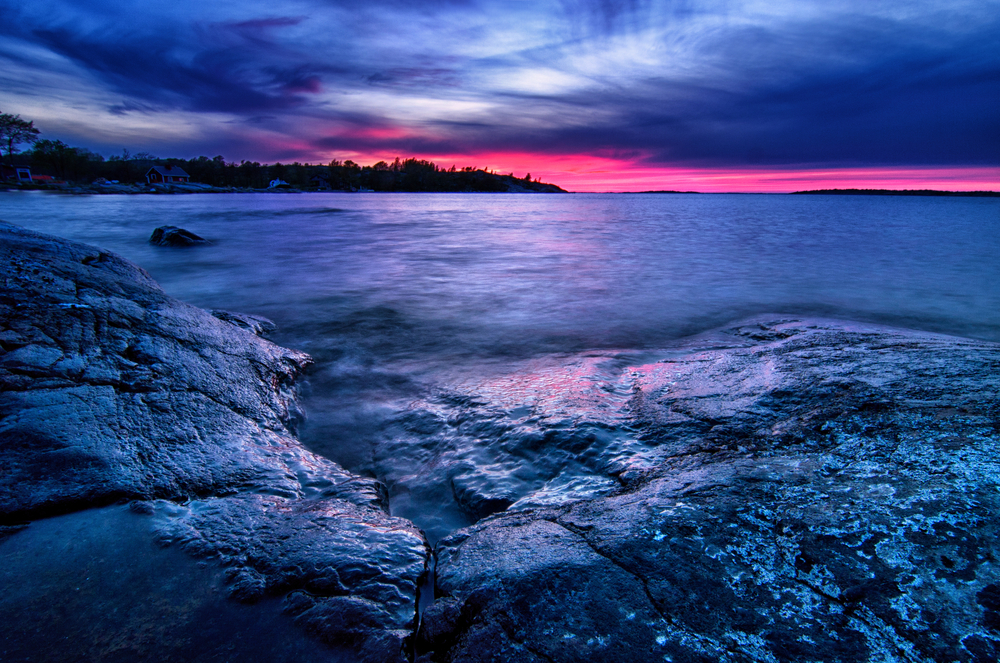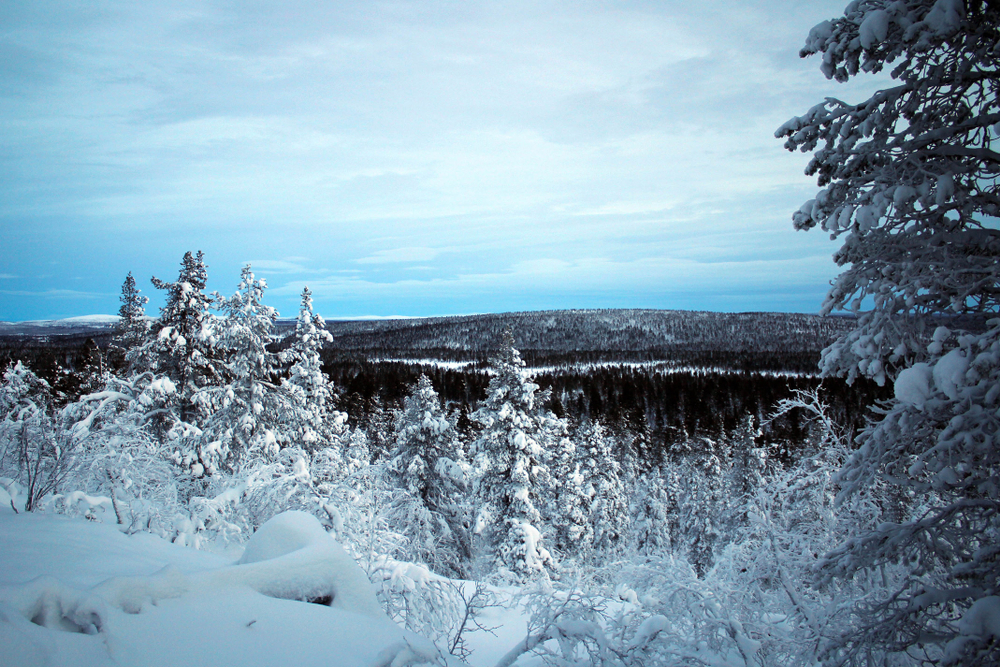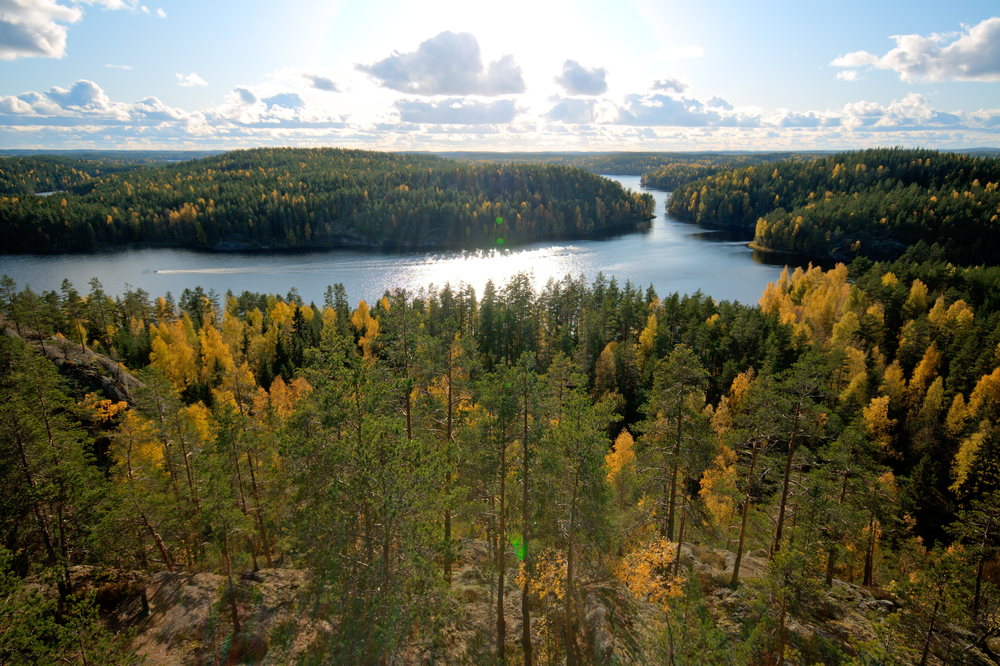Archipelago Overview
Archipelago National Park, known locally as Skärgårdshavets nationalpark, is located in southwestern Finland, covering approximately 194 square miles (500 square kilometers). It is a vast marine national park consisting of thousands of islands, islets, and skerries scattered across the Baltic Sea.
Situated within the Turku Archipelago, one of the world’s most extensive archipelagos, the park is characterized by its rocky shorelines, dense coastal forests, and open sea views. Many of the islands are small and barren, shaped by the forces of wind and waves, while others support lush forests of pine and spruce. The unique combination of land and sea creates a stunning, dynamic landscape that changes dramatically with the seasons.
The park’s terrain includes low-lying rocky islands formed from ancient bedrock, with smoothed glacial remnants visible along the shorelines. Some islands are covered in wildflower-rich meadows and wetlands, providing an essential habitat for diverse flora and fauna.
The vegetation varies from heather and juniper in exposed areas to thick forests in more sheltered locations. Traditional Finnish coastal landscapes, such as old fishing villages and wooden cottages, add to the region’s charm and historical significance. The shallow waters between the islands are rich in aquatic vegetation, including extensive seaweed forests that provide food and shelter for marine species.
Wildlife is abundant, with seals, white-tailed eagles, and large colonies of seabirds being major highlights. The park is home to the gray seal and the Baltic ringed seal, which can often be seen resting on rocky outcrops.
Birdwatchers will find a paradise here, as the park hosts significant populations of common eiders, terns, black guillemots, and razorbills. The majestic white-tailed eagle, one of Europe’s largest birds of prey, soars over the islands, and the park plays a crucial role in its conservation. Numerous fish species, such as perch and pike, inhabit the brackish waters, supporting a thriving marine ecosystem. The diverse wildlife and marine biodiversity make the park an exceptional location for nature lovers.
Visitors to Archipelago National Park can explore its natural beauty in various ways, from boating, kayaking, and sailing to hiking and birdwatching. The numerous islands, some accessible only by boat, provide exceptional opportunities for island-hopping and discovering secluded beaches. The park offers well-marked nature trails, such as those on Jungfruskär and Örö Island, which feature historical remnants from military fortifications.
Camping and overnight stays in rental cottages provide an immersive experience in the archipelago’s peaceful surroundings. Guided tours and boat cruises allow visitors to learn about the area’s unique ecology and cultural heritage.
Despite its beauty, Archipelago National Park faces environmental challenges, including habitat loss, climate change, and the impact of tourism. The fragile ecosystem is sensitive to human activity, and conservation efforts focus on protecting marine life, reducing pollution, and maintaining traditional landscapes. Sustainable tourism initiatives promote responsible exploration of the park, ensuring that its pristine nature remains for future generations.
The park has successfully contributed to the conservation of rare species, particularly through white-tailed eagle protection programs. Cooperation between local communities, researchers, and conservation groups has been key to preserving this unique and vital marine environment.












































































